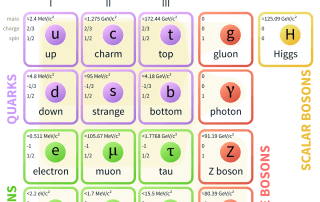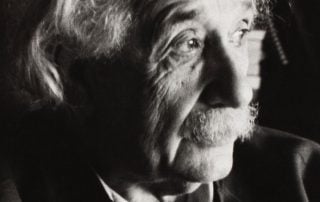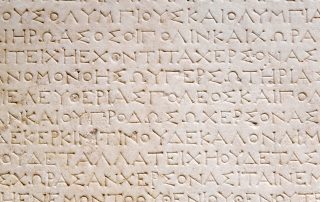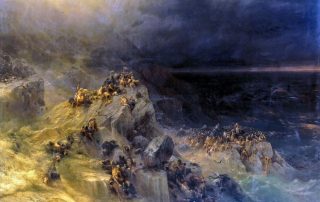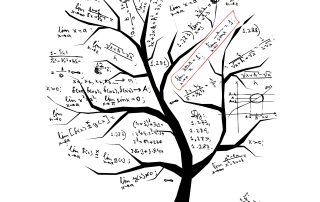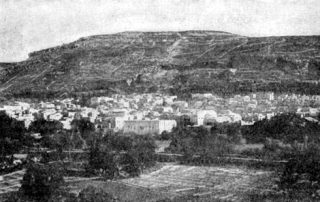The Standard Model
Introduction What could the Standard Model of particle physics possibly have in common with biblical accounts of the Israelites’ travels in the Sinai Desert, Kabbalistic doctrines related to the unfolding of spiritual worlds, or the arrangement of the letters in the Name of G‑d? To make connections or parallels between such unrelated concepts may sound farfetched. However, this is exactly what we are going to do in this essay. Remember that in structural analysis, we do not concern ourselves with the specifics or the nature of the objects at hand—we are interested only in the interrelationships among the objects, the high-level structure, or the storyline. So, let us not worry that particle physics speaks of subatomic particles, whereas the Torah speaks of the arrangement of Jewish tribes around the Tabernacle in the desert—topics [...]

